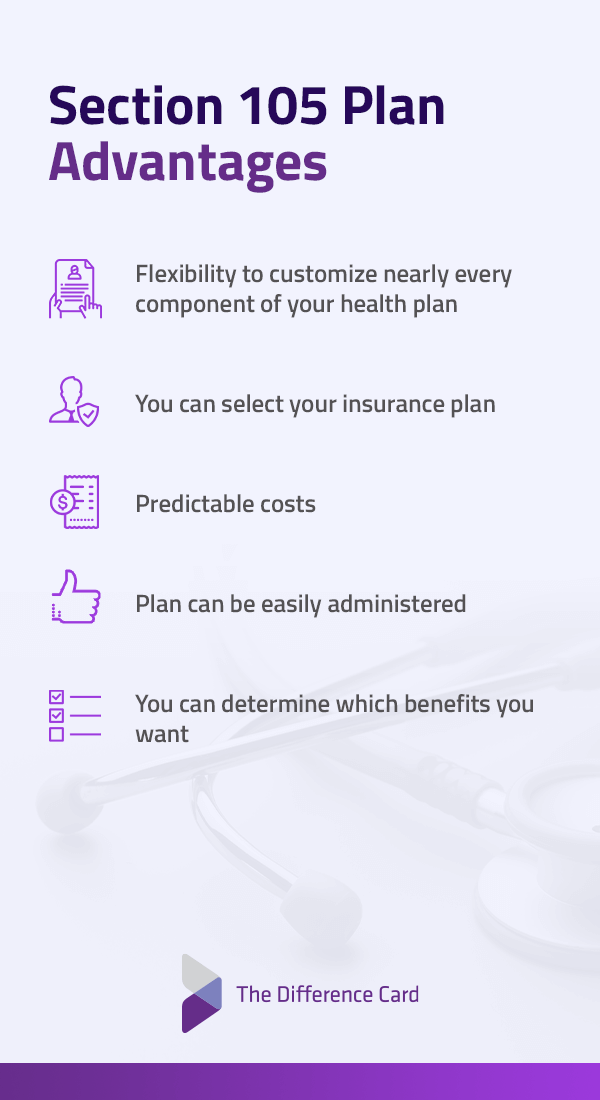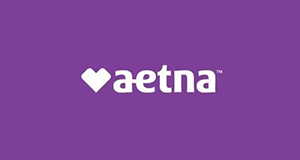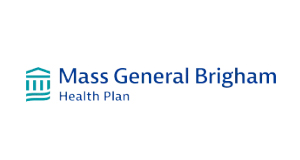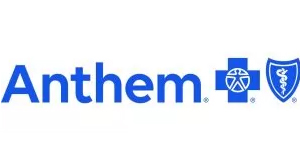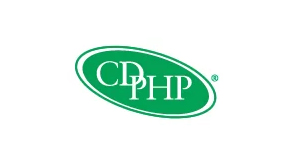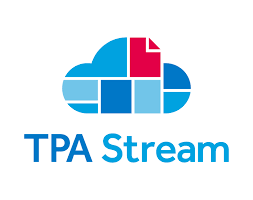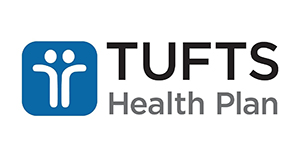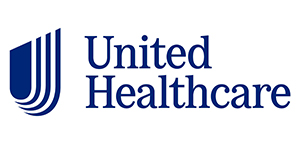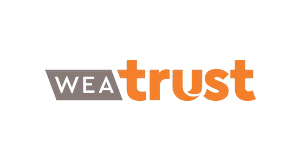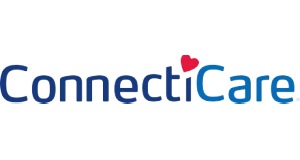
How Section 105 Medical Reimbursement Plans Save on Taxes
Table of Contents
- What Is an IRS Code Section 105 Plan?
- What Are the Tax Benefits of a Section 105 Medical Expense Reimbursement Plan?
- How Section 105 Plans Work With Different Filing Statuses
- Section 105 Plan Advantages Over Group Health Insurance
- What's the Difference Between a Section 105 Plan and an HSA?
- Requirements for Section 105 Health Reimbursement Arrangements
- How to Set Up a Section 105 Plan
- Explore the Benefits of The Difference Card's Section 105 Plan
Many employers choose Section 105 medical reimbursement plans to save on taxes. Employers and employees alike can benefit from Section 105 plans, but the specific benefits your company can enjoy depend on your organization's needs.
If you are an employer looking to learn more about an alternative way of funding medical costs, Section 105 plans, whether Health Reimbursement Arrangements or Medical Expense Reimbursement Plans, could be the right option for you. Before you choose a Section 105 plan, you should understand the benefits, tax advantages, requirements and how to set up this plan.
Learn More About MERPs
What Is an IRS Code Section 105 Plan?
An IRS Section 105 plan, sometimes known as a Health Reimbursement Arrangement (HRA), is employer-sponsored and reimburses employees for medical care expenses that are substantiated by a third party. Employees can be reimbursed for their medical care expenses, including:
- Current employees
- Former employees, such as retired employees
- Deceased employees' surviving spouses and dependents
In an HRA, the employer pays for the plan, and a salary reduction is not permitted. A Section 105 Health Reimbursement Arrangement is limited to a maximum reimbursement amount set by the employer for a specified period. Additionally, this plan reimburses expenses that have not been reimbursed by another plan.
A popular arrangement allows for an employer to create a rollover provision. For example, at the end of the plan year, an employer can establish a rule so a portion of the employee's unused reimbursement amount will be forfeited, and the remaining unused portion will be carried forward to the following plan year.
For retired employees, the employer could contribute an amount equal to part or all the retired employee's unused sick and vacation leave. The retired employee should not receive the designated amount in cash or in the form of any other benefits nor should the retired employee's dependents or spouse.
What Are the Tax Benefits of a Section 105 Medical Expense Reimbursement Plan?
A Section 105 Medical Expense Reimbursement Plan (MERP) offers tax benefits to both employers and employees. One of the greatest benefits of a Section 105 plan is that limited liability companies (LLCs), C corporations and partnerships can take a full tax deduction. Businesses can deduct the cost of this plan (fees and claims paid) as a business expense, and substantiated reimbursements are tax-free for employees, as well. The reimbursements or administration payments that can be deducted under a qualified plan include:
- Premiums for dental insurance for eligible employees and their dependents
- Premiums for qualified long-term care insurance
- Premiums for Medicare Part A and Part B insurance
- Premiums for Medicaid and CHIP insurance
- Premiums for TRICARE insurance
- Expenses for medical, vision and dental care paid out of pocket by eligible employees and their dependents
These deductions make the process of managing health costs easier. Healthcare expenses that may be eligible for reimbursement include:
- Deductibles
- Copays
- Prescriptions
- Eye drops
- Flu shots
- Sleep aids
- Vasectomy
- Orthodontia
- OB/GYN fees
- Walking aids
- Acupuncture
- Vaccinations
- Allergy medicine
- Chiropractic care
- Contact lenses
- Dental surgery
- Laboratory fees
- Medical X-rays
- Acne medicines
- Organ transplants
- Physical therapy
- Prescription drugs
- Reading glasses
- Speech therapy
- Infertility treatment
- Medical operations
Employers mainly use Section 105 plans to help employees cover a cost of the deductible on a tax-free basis. Employers can save money by reducing premiums paid to an insurance company and not paying taxes on the reimbursed expenses. A Section 105 plan year typically runs to match the employer's health insurance plan year.
How Section 105 Plans Work With Different Filing Statuses
Several filing statuses can take advantage of an IRS Section 105 plan, including partnerships and corporations.
Limited Liability Company (LLC)
How an LLC will be treated in regards to a Section 105 plan is based on how the company files for federal taxes. An LLC can file as a corporation, sole proprietorship or partnership. The appropriate rules will apply after the filing status is determined.
Partnerships
A Section 105 plan works well for a partnership, allowing the business owner to offer medical benefits to the employees of the business. The partner's spouse is also eligible as part of a compensation package as long as the spouse is a bona fide employee. However, partnerships between spouses are not eligible for a Section 105 plan.
C-Corporations
Medical Expense Reimbursements are tax deductible for all employees of a business filed as a C-Corporation. There is no need for spousal employment in a corporation as there is in a partnership. A corporation can provide benefits to the owner-employee director and deduct them. For a corporation, every component should be in place to ensure the Section 105 medical reimbursement plan is in compliance with the DOL, ERISA and Internal Revenue Code.
S-Corporations
If you own an S-corporation, you can be eligible for a Section 105 plan even without spousal employment. If the owner and shareholders are active in the business, they are considered employees.
Restrictions do apply to shareholders that impact who can receive medical benefits that are completely tax-free. While these benefits are not subject to FICA taxes, they are subject to federal and state income tax. Additionally, since family members like spouses, children and grandparents are treated as if they have ownership, they also won't be able to receive completely tax-free benefits.
Section 105 Plan Advantages Over Group Health Insurance
In the past, group health insurance plans have been widely used but are still expensive. Because Section 105 is self-funded, businesses can consider Section 105 plans for flexible and cost-effective ways to reduce premiums. Additionally, these plans offer non-tax and administrative benefits for employers, such as:
- Plan flexibility: One of the greatest benefits of a Section 105 plan is the ability to customize nearly every component of your plan. You can choose how much you want to contribute to every class of employee and who is eligible for participation in the plan. You can tier the contribution by class and participation in the health plan.
- Employee choice: You can also select any type of insurance plan and any insurance provider. For the same type of health care plan, individual health insurance plans may be less expensive than group health coverage, so small businesses can see health care dollars go further. With health reform, plan options and affordability have greatly expanded, adding to cost savings for everyone.
- Predictable costs: When you choose a Section 105 plan for your business, you can select the maximum liability when setting the amounts for plan funding. There are no maximum or minimum amounts to contribute, funds stay with your company when an employee leaves and no costs are incurred until after an employee receives reimbursement. Essentially, if your organization can contribute any amount at all to your employees' health care, you can afford to implement a Section 105 plan, as the amount you contribute is entirely up to you.
- Simple administration: Section 105 plans can be easily administered with the right partner. Every business has limited resources, and you should be focusing on growing your business rather than dealing with policy comparisons or dealing with complaints and questions. With a Section 105 plan, all you'll need to worry about is adding approved reimbursements to your employees' paychecks.
- Different benefits for different employees: With a Section 105 plan, you can determine which benefits you want different employee classes to have.
What's the Difference Between a Section 105 Plan and an HSA?
Section 105 plans and Health Savings Accounts (HSAs) are both popular benefits, which can leave small business owners struggling to choose between the two. The plans vary in where contributions come from, who can participate and what types of health plans you can use in combination:
- Who owns the plan: Section 105 plans are sponsored by the employer and owned by the business. An HSA, on the other hand, is owned by the employee, and the contributions are held in a special bank account by the employee to be used for medical expenses.
- What the plan covers:Employers can select the expenses they want to cover under a Section 105 plan. An HSA covers any IRS eligible expenses as outlined in Publication 969. However, participants may pay a penalty if they use the money to cover a non-medical expense.
- Where the contributions come from: With HRA plans, employers alone provide the allowance and employers pay only when expenses are incurred. On the other hand, both employers and employees can contribute to HSAs, as long as the contributions do not exceed the annual limit.
- Who is eligible to participate: Employers must offer a Section 105 plan for an employee to participate. Current W-2 employees and spouses and dependents of current employees can participate in Section 105 plans. Individuals who can participate in HSAs are limited to those who are enrolled in HSA-qualified high deductible plans. They cannot have first dollar coverage. For example, their spouses' non-qualified high deductible health plans are ineligible for a general purpose FSA and cannot be enrolled in Medicaid or Medicare Parts A or B.
These plans and HSAs can also work together at the same time and can both be used depending on the situation. The easiest way to use these plans together is to offer your employees a limited-purpose Section 105 plan that reimburses employees only for expenses they cannot use the HSA to cover, such as:
- Vision costs
- Dental costs
- Post-deductible expenses
Requirements for Section 105 Health Reimbursement Arrangements
There are some requirements for structuring and designing a Section 105 plan. This plan must comply with rules set by the IRS, HIPPA and COBRA:
- IRS requirements: The IRS mandates that plan documents are developed and maintained, defining details about the reimbursement plan like what expenses can be reimbursed and what the employer contribution amount will be. Employees must also submit proper documentation to verify a claim for reimbursement.
- HIPAA: A Section 105 plan is also governed by the Health Insurance Portability and Accountability Act of 1996's privacy rules. Protected health information (PHI) should be held confidentially to stay compliant with HIPAA.
- COBRA: Certain plans are also subject to COBRA compliance requirements. If your Section 105 plan must comply with COBRA, you must offer terminated employees the option to continue participating in the Section 105 plan for a certain amount of time after the termination of employment.
- IRS nondiscrimination requirements: A Section 105 plan needs to also comply with the nondiscrimination rules set by the IRS. This plan should not discriminate in favor of individuals who are highly compensated in regards to eligibility and benefits provided.
- PCORI: A fee for an HRA should be paid to the Patient-Centered Outcomes Research Institute (PCORI).
How to Set Up a Section 105 Plan
Below are the steps involved in constructing a provider plan and offering and informing employees so they can start taking advantage:
- 1. Select the plan's basic structure
- 2. Determine what employees are eligible
- 3. Determine what dependents are eligible
- 4. Select the eligible expenses
- 5. Choose specific exclusions
- 6. Determine an opt-out provision
- 7. Choose employer contributions
- 8. Determine reimbursement ordering rules
- 9. Select reimbursement timing
- 10. Choose COBRA options
- 11. Identify financing options
- 12. Choose claims administrator
- 13. Review agreements
- 14. Develop plan document
- 15. Establish employee materials
- 16. Create necessary forms
- 17. Establish funding
- 18. Choose Medicare Secondary Payer (MSP) reporting
- 19. Identify HIPAA privacy and security
- 20. Choose COBRA rates
- 21. Modify COBRA forms and notices
- 22. Adjust Family and Medical Leave Act (FMLA) procedures
- 23. Impute income if needed
- 24. File Form 5500 and SAR if necessary
- 25. Establish Section 105 plan termination steps
You could also partner with a company like The Difference Card to set up a Section 105 plan. We can help your health insurance savings strategy reach the next level.
Explore the Benefits of The Difference Card's Section 105 Plan
As a Medical Expense Reimbursement Plan (MERP), The Difference Card can offer you many health benefits. We use a MERP to build unique plan designs. Using a MERP allows for multiple Difference Card member plan designs to be built from a single underlying carrier plan. The full cost of the MERP can be shared with you and your employees through premium equivalent rates.
Using a MERP gives you the freedom to move to different health insurance carriers and alter plan designs as you choose. Since 2001, we have saved clients an average of 18% on their annual health insurance costs. Over the past 20 years, we have been providing cost-saving health care solutions, while improving employee benefits. Contact us at The Difference Card to talk to a sales representative about what we can do for you.


